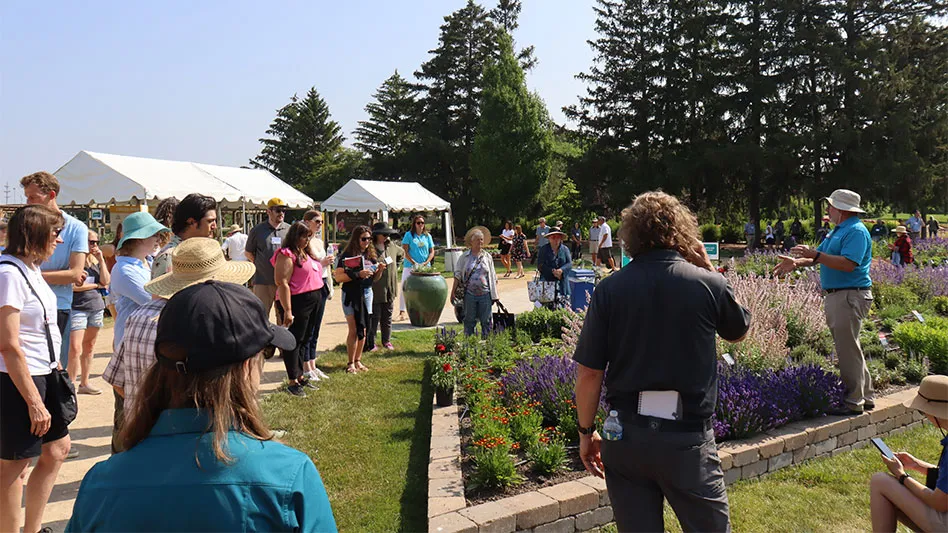

Exotic foliage plants have been all the rage for the past few years. Tucked away in the labyrinth of orders, families and genera of Kingdom Plantae are the jewel orchids. They are not as large as many of their epiphytic cousins, but like precious jewels, a lot of beauty can be packed into a small space. Jewel orchids are terrestrial rather than epiphytic, meaning they grow in soil rather than clinging to tree branches and rocks. Most, but not all species are tropical, living in their moist, shaded niche under the forest canopy. A notable outlier from this generalization is Goodyera pubescens, or rattlesnake plantain, which is native to eastern North America and is hardy to USDA Zone 5. My focus here will be on two genera, Ludisia and Macodes. Both are from tropical forests of southeast Asia, and each is adorned with lavish pinstripes or opulent lightning bolt variegation that has given rise to the common name jewel orchid.
Ludisia discolor, like other jewel orchids, is grown for its beautiful striped foliage. Leaf color varies from deep green to a brownish red and are velvety to the touch. Regardless of the leaf color, the white to pink pinstriped variegation really makes Ludisia a “sharp dressed flower.” It has received the Award of Garden Merit from the Royal Horticultural Society. It needs a well-drained soil mix that’s rich in organic matter. The soil mix can include coarse bark and sphagnum moss to improve aeration for the roots. Like most plants, do not overwater or you’ll start the vicious cycle of root rot. It prefers medium light and good air circulation. Keep out of direct sunlight. It likes high humidity and does well in a terrarium.
Macodes petola or lightning jewel orchid is my personal favorite. The leaves of M. petola are dark green with glowing golden yellow stripes. All the cultural information above about Ludisia also applies to growing Macodes. Both are easy to propagate vegetatively, though the crops we’ve grown at Little Prince have been from liners from Casa Flora. They are easy to grow in a nursery situation if, and ONLY if they are not overwatered, are grown in a greenhouse with 70-80% shade and have night temperatures in the low 70s. We grow them on heated floors.
There are other genera of jewel orchids to consider. All will require similar growing conditions to those described here. I highly recommend these wonderful plants as true jewels in the world of flora exotica.


Explore the December 2022 Issue
Check out more from this issue and find you next story to read.
Latest from Nursery Management
- GardenComm 2024 Annual Conference registration is open
- Landmark Plastic celebrates 40 years
- CropLife applauds introduction of Miscellaneous Tariff Bill
- Greenhouse 101 starts June 3
- Proven Winners introduces more than 100 new varieties for 2025
- Rock Star Roses
- The container challenge
- Find sustainable solutions





